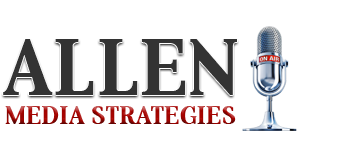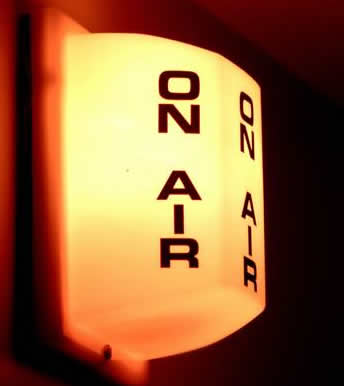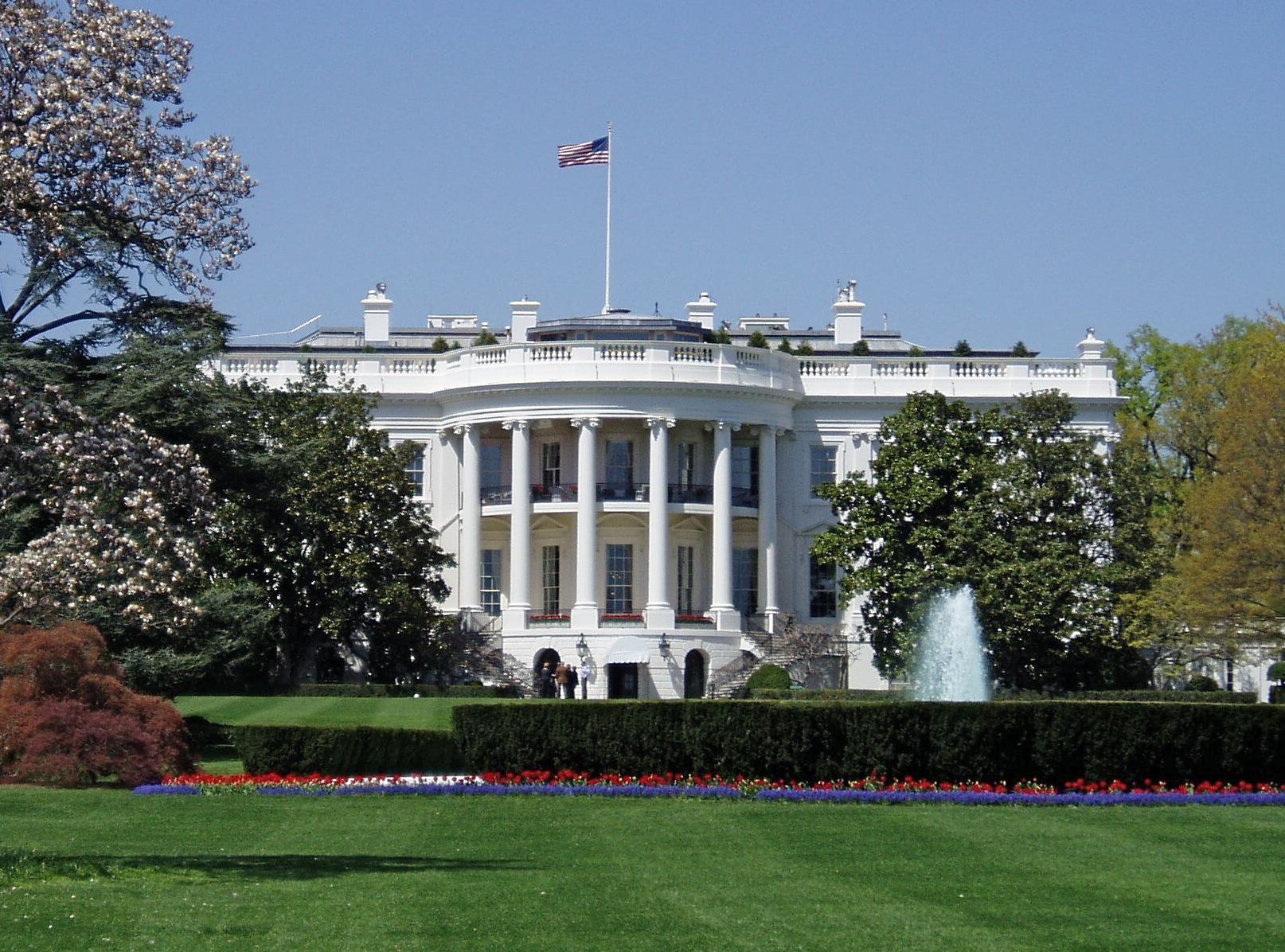Preparing for Your Media Interview: 7 Tips
So, after doing extensive work in the background, you’ve successfully marketed yourself to the media, and now a television or radio station is interested in interviewing you…congratulations! It’s up to you give the best possible interview you can.
We advise our clients to “own the experience” and really knock the ball out of the park whenever they do an interview. The better you do, the more likely you’ll be asked back for subsequent appearances. In this day of instant information sharing, great performances often get bicycled around on the internet to other media producers, who are much more apt to extend an interview invitation to you if you do a terrific job. And, you’ll be proud to use that interview clip for your own self promotion purposes on your website and in social networking.
1. Write down the three to five main points you want to cover, and look for opportunities to work them in whenever possible to the fabric of your interview conversation. Memorize those talking points, and especially on television, don’t refer to your note cards.
2. Include short stories and/or humor to help you make your important points. This will help you to come across as more approachable and down-to-earth. Tailor your humor and the length of your short stories to the particular media outlet’s target audience. Are they younger or older? Conservative or liberal? Urban or rural?
3. Anticipate the questions interviewers are likely to ask and prepare answers that include your main points. Study the host’s prior interviews to find their favorite questions, approaches and interview style (soft, friendly, confrontational) so you’ll know what to expect and how to respond in most instances.
4. Keep your answers simple and short. Complex, lengthy answers tend to bore and oftentimes confuse audiences. Also, research has shown that a lengthy cadence of just one voice, even if it’s yours, will tend to facilitate audience tuneout.
5. Your job is to make the interviewer look good, while getting your main points across. Don’t try to upstage or belittle the interviewer, no matter how silly or off-the-wall their questions may sound to you. You are a guest on their program, and as such, should act accordingly.
6. Practice your interviewee skills by having friends or family members pretend they’re the interviewer and question you as if you’re being interviewed live. Practice both telephone and in person interviews to prepare for radio interviews. Work with a stopwatch, so that you can get used to tailoring your answers to fit within the allotted length of your media appearance. The less time on air you have, the more crucial it is to hit those short sound byte type answers. The longer the interview, the more important it is to continue to revisit the main talking points/themes you need to cover (including in most cases your contact information). That’s because there is a constant coming-and-going phenomenon in electronic media. Many viewers and listeners will miss part of your interview, and if they come in late, you want to make sure they know who you are, what you’re talking about and how to get in touch with you.
7. When you practice, videotape and audiotape yourself to observe and critique your performance. Be conscious of your posture, facial expressions and gestures for in person interviews, and your articulation, speech rate, fluency and inflection for radio phone interviews.





